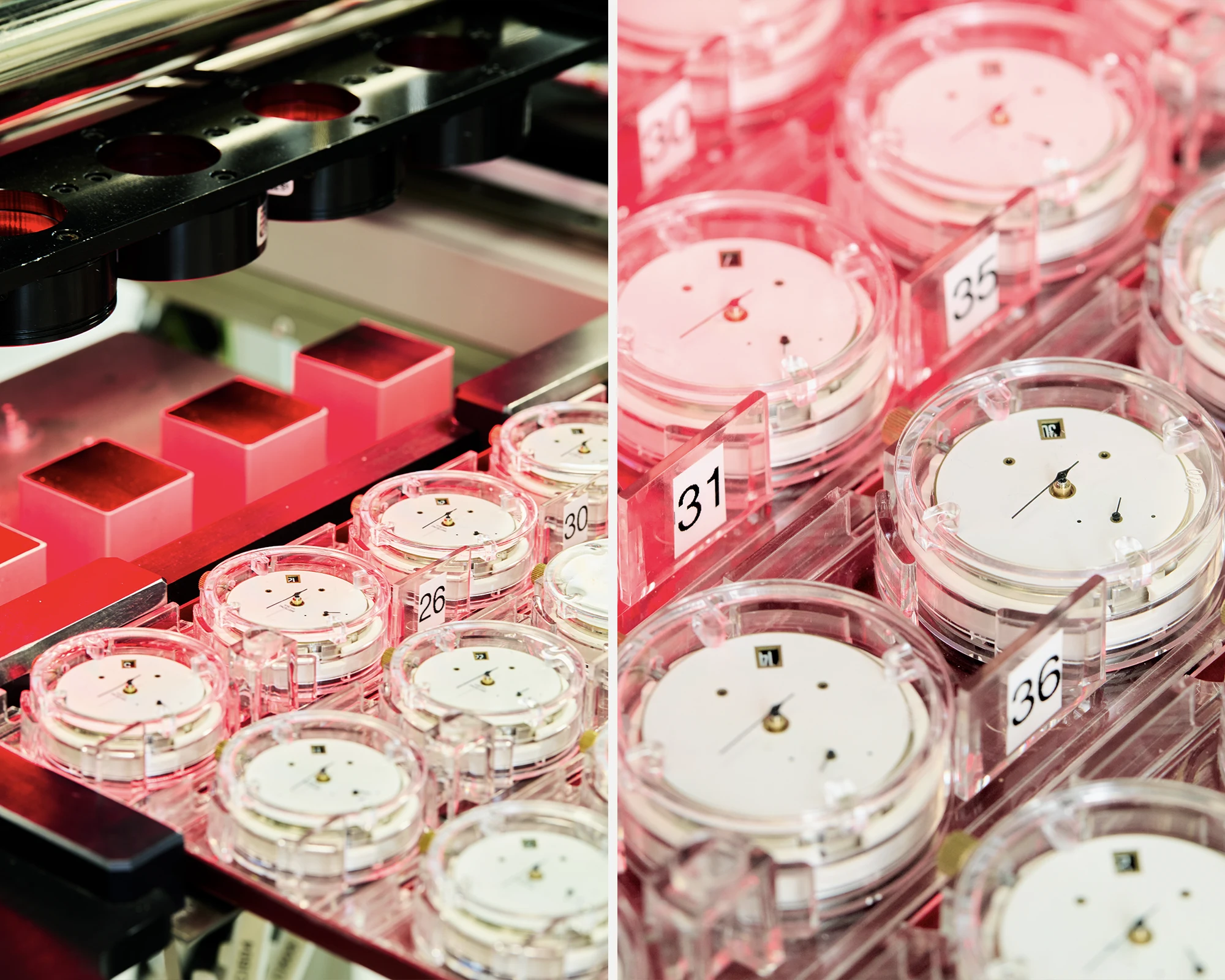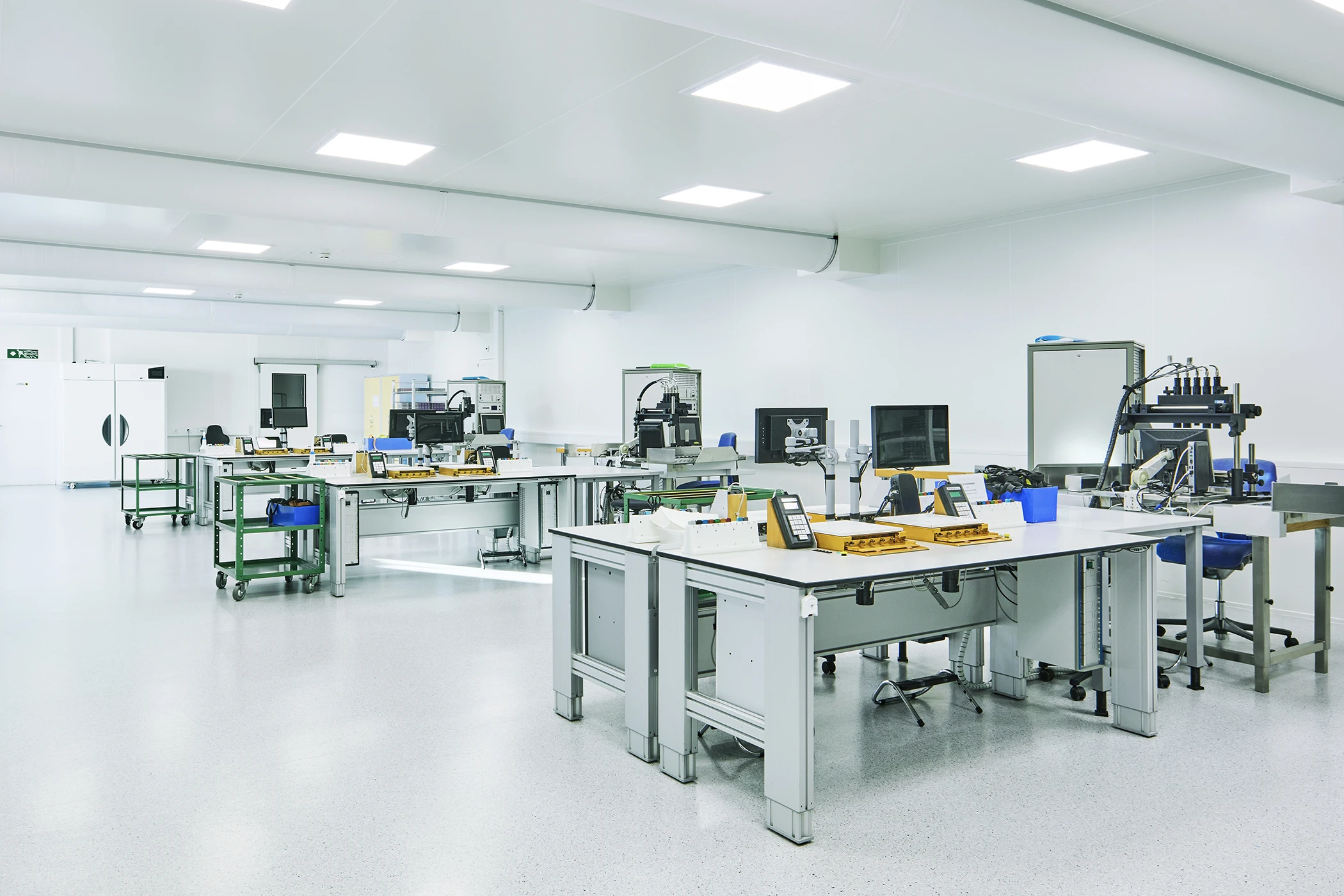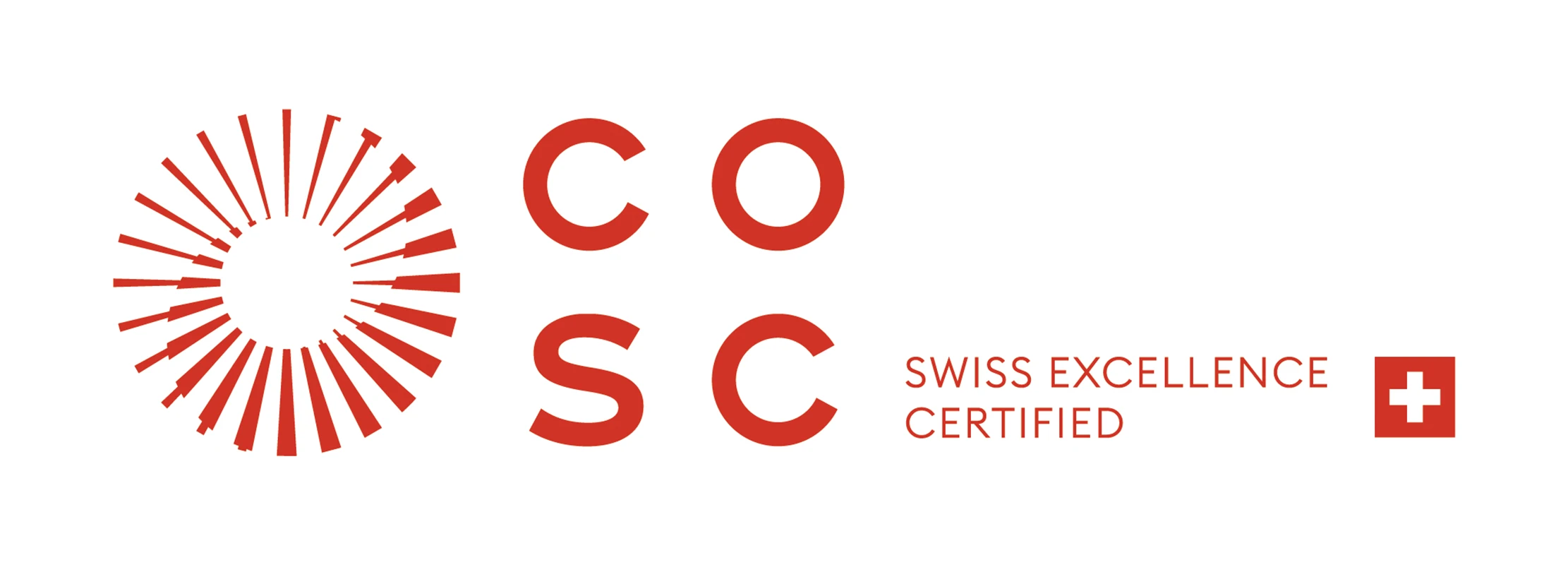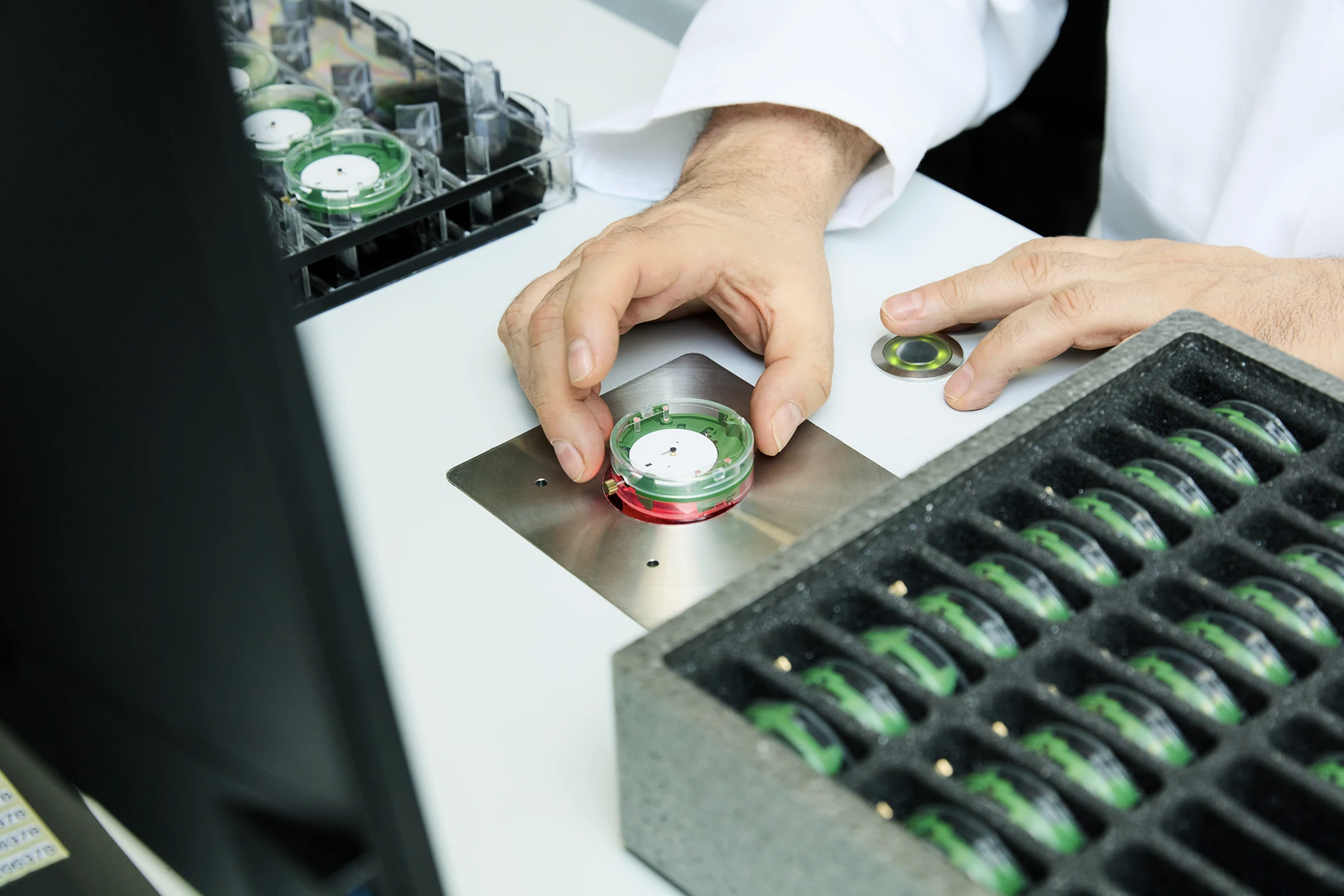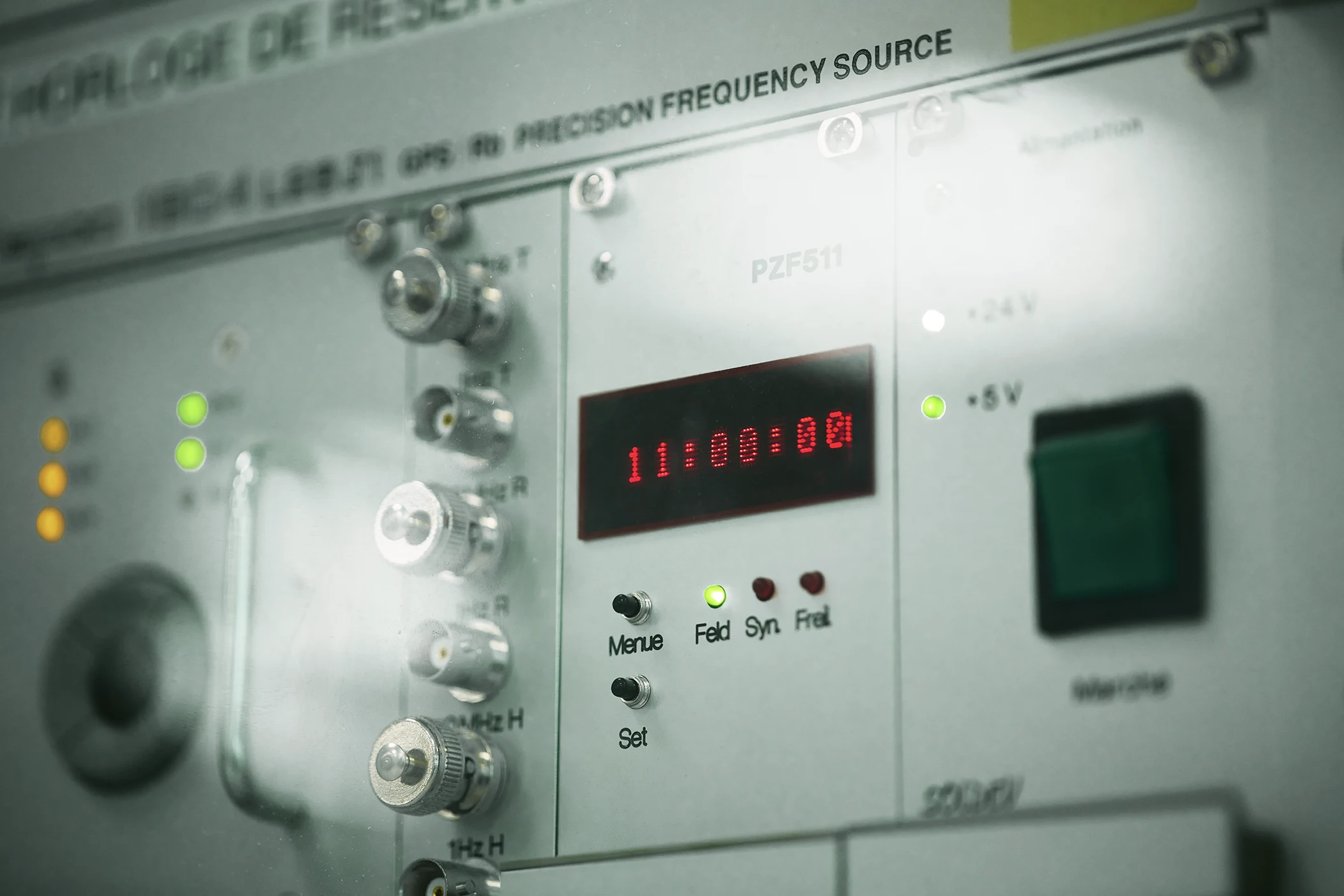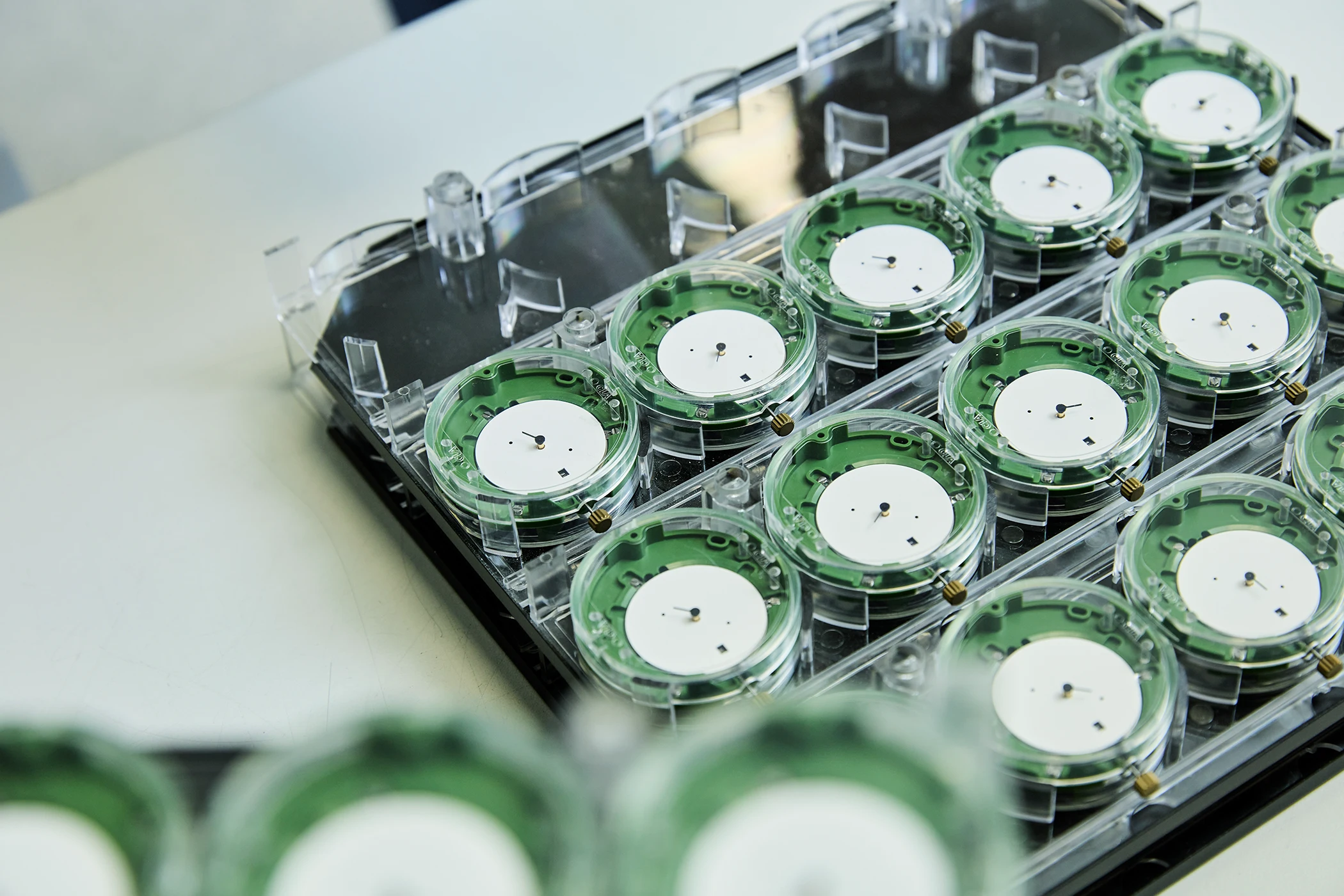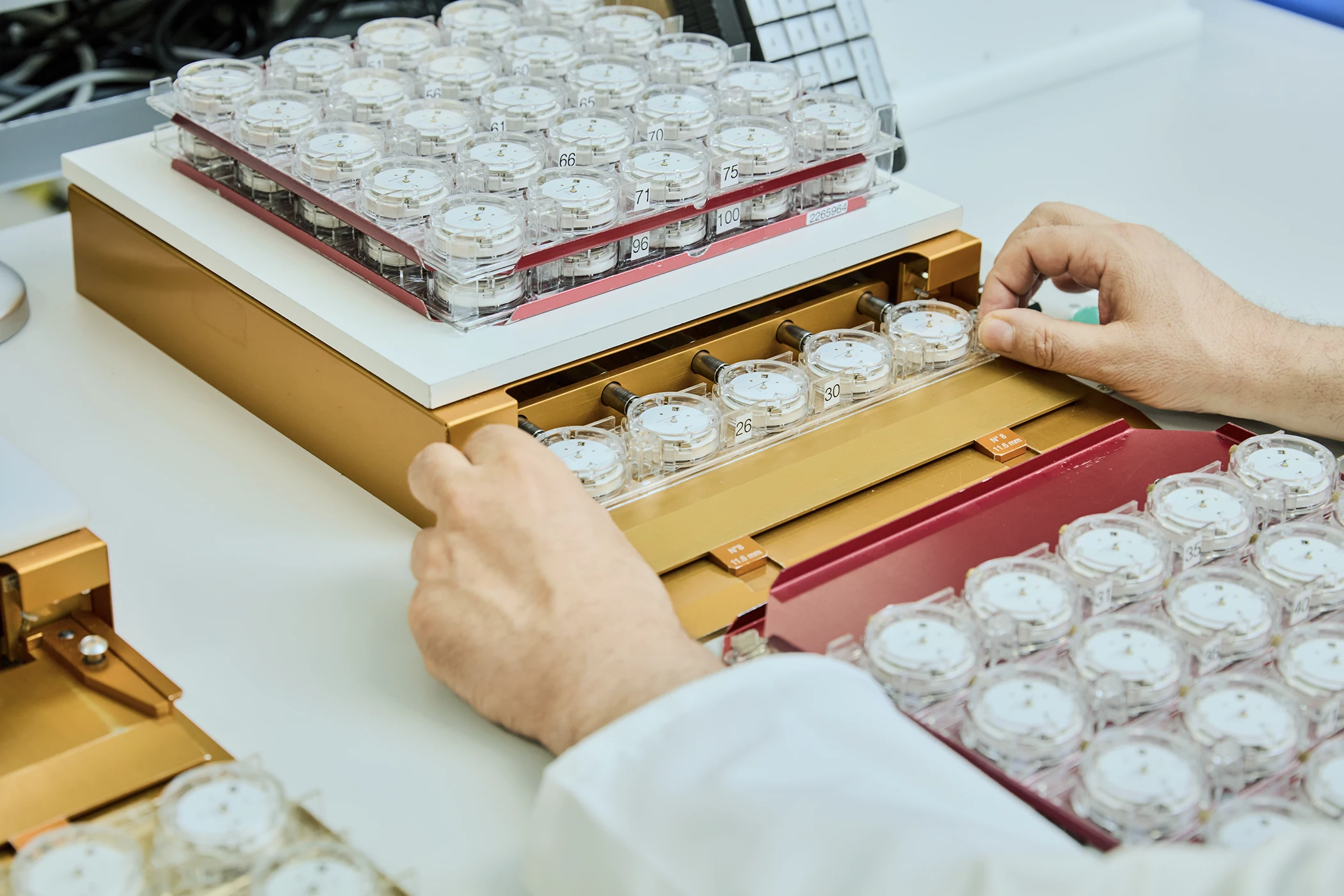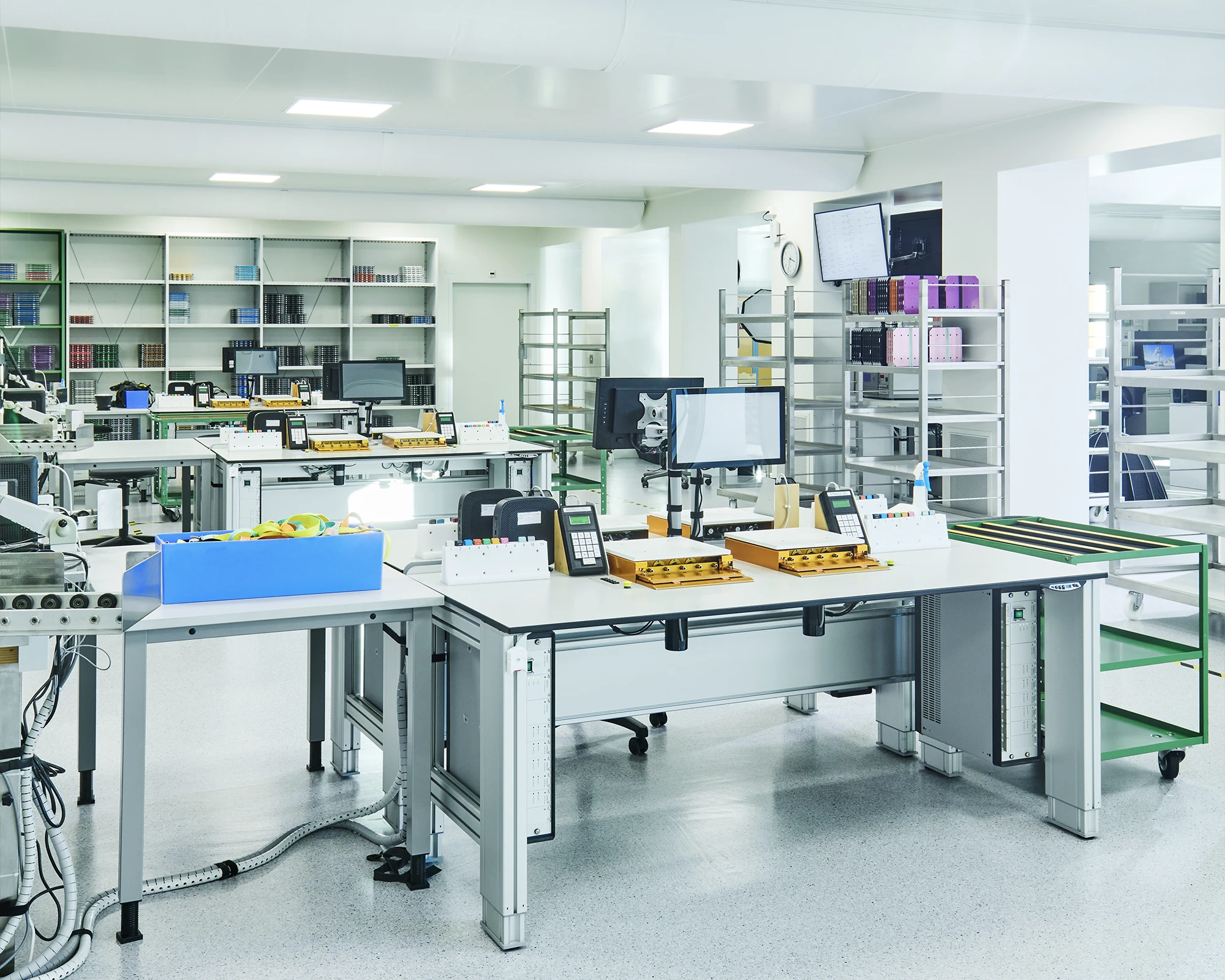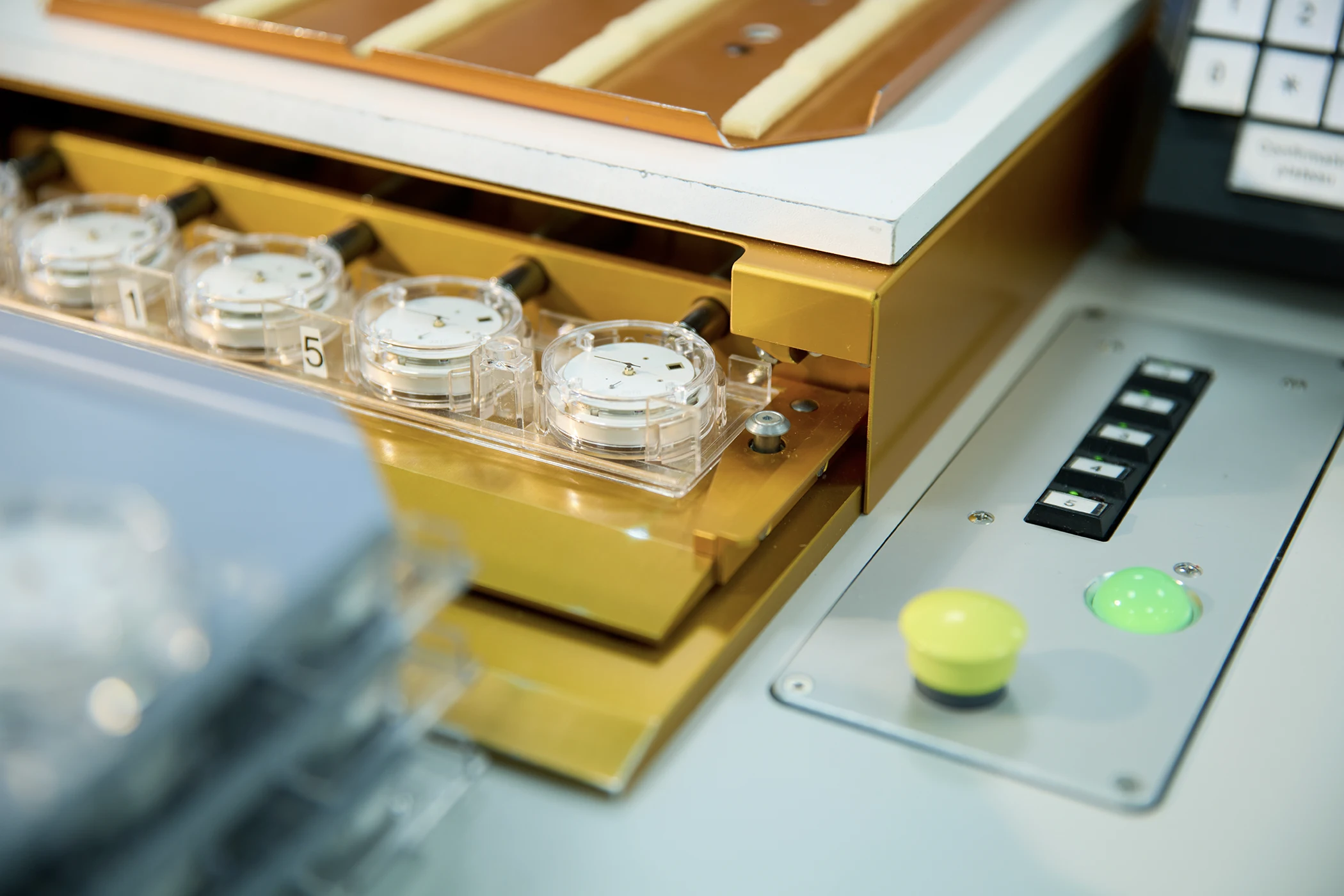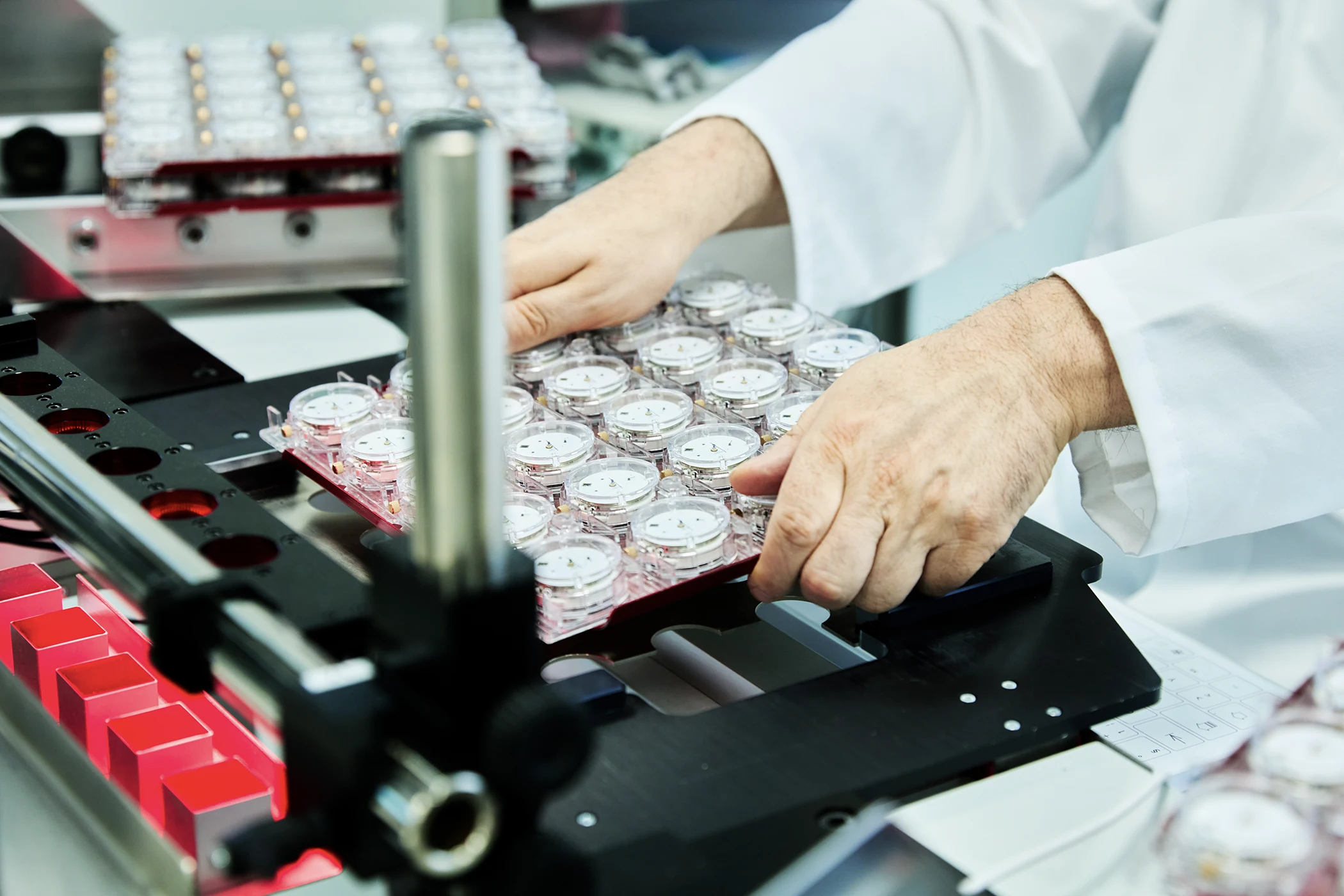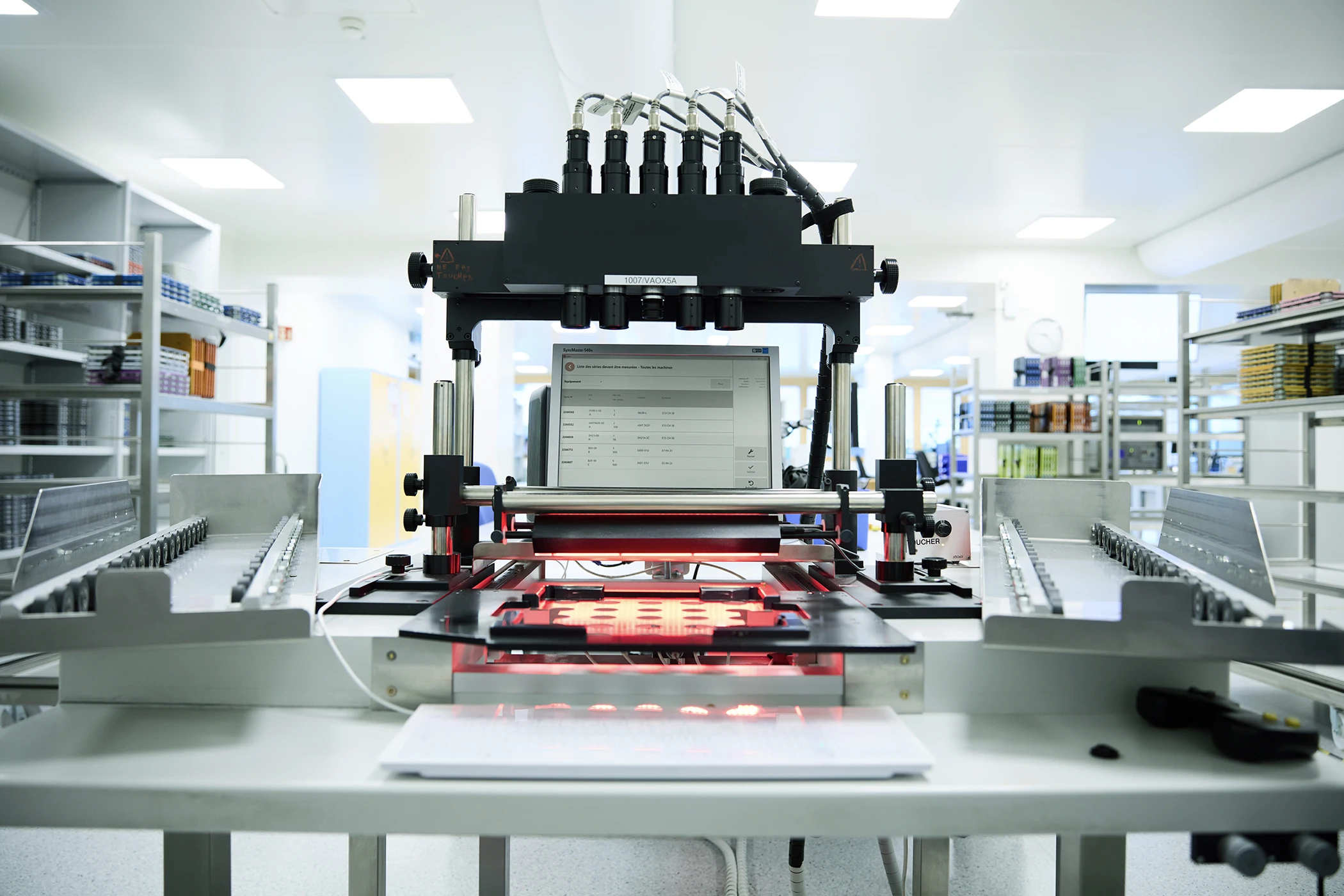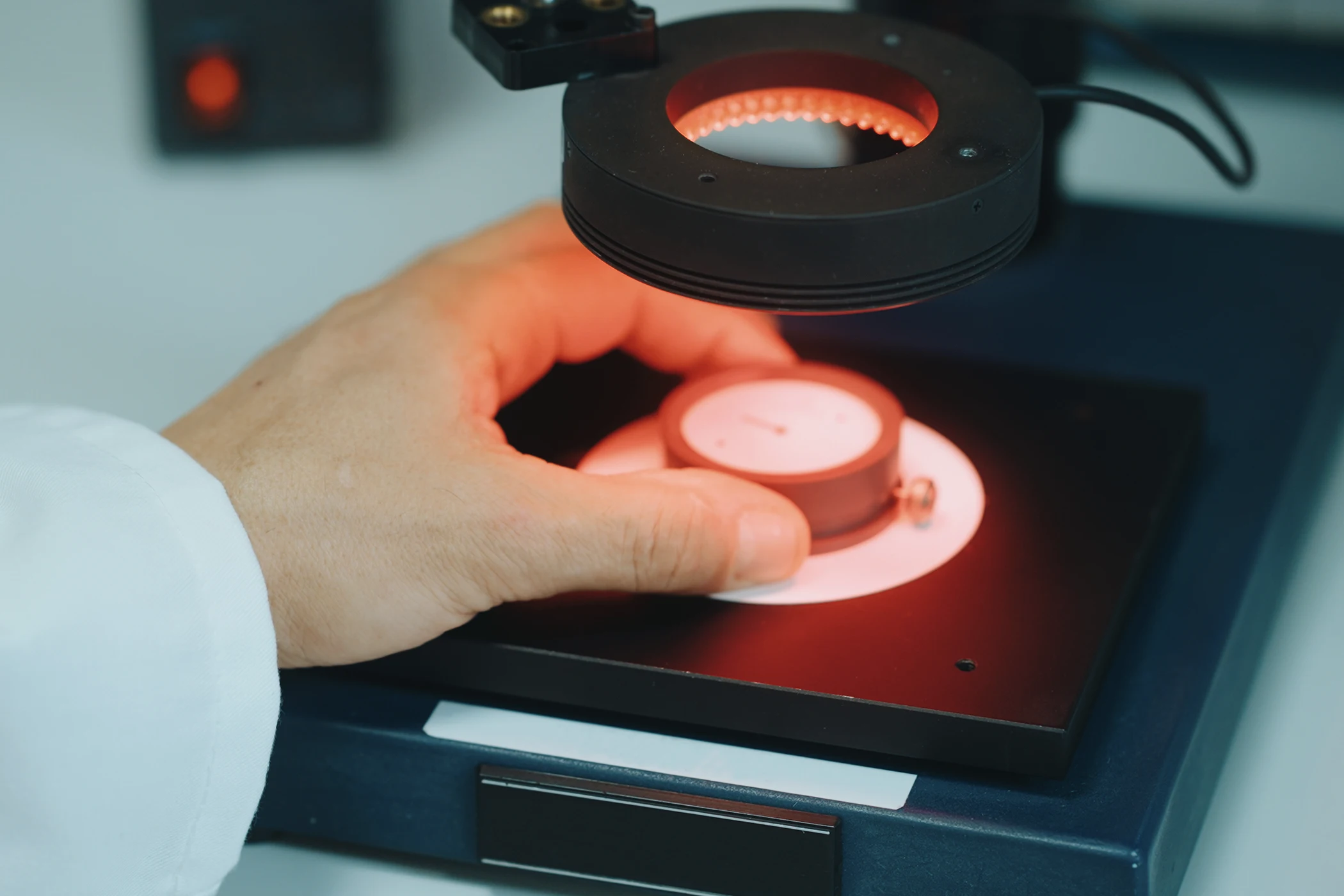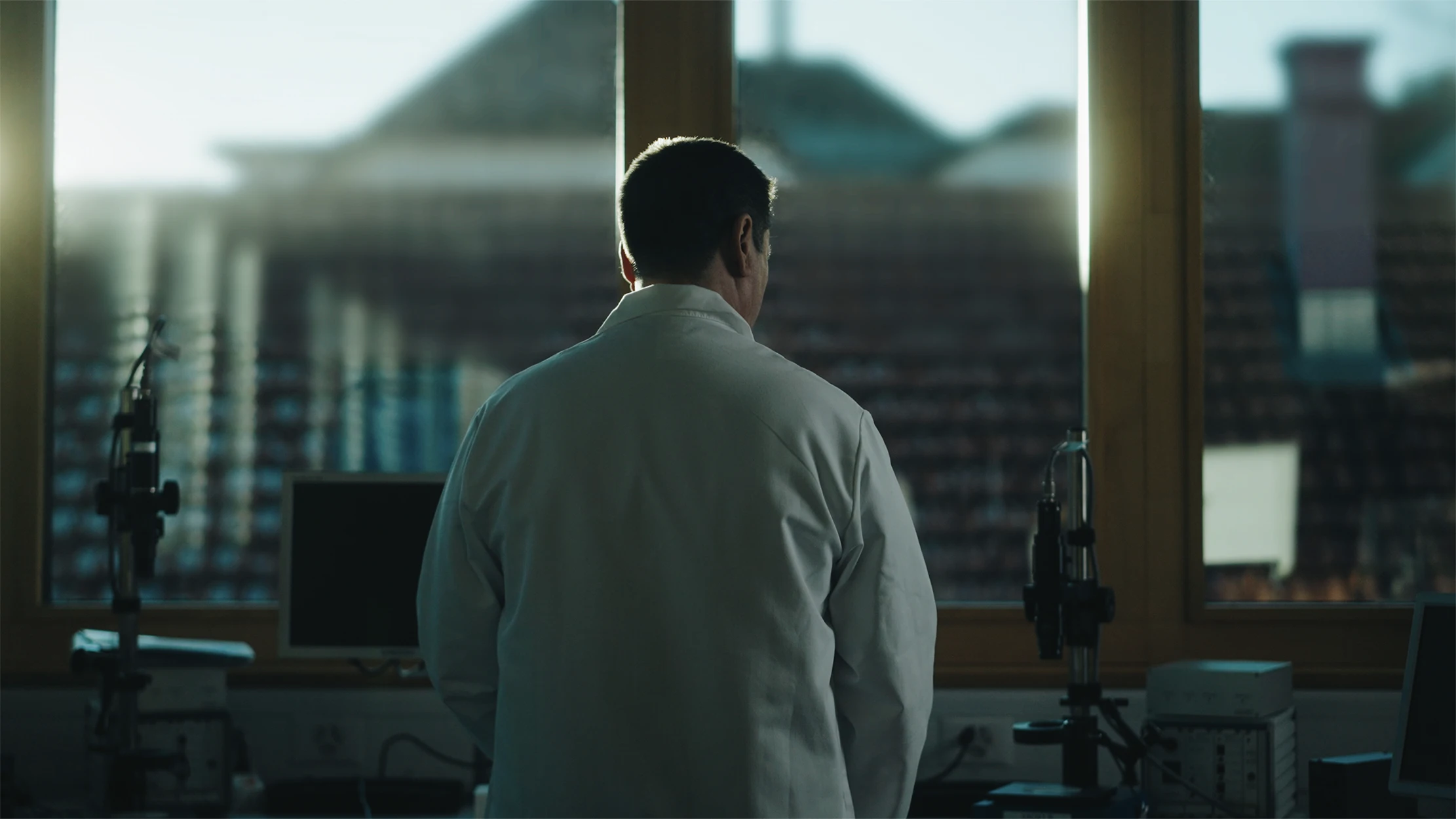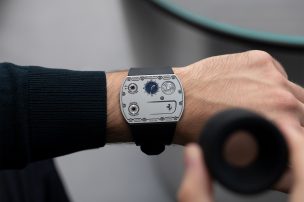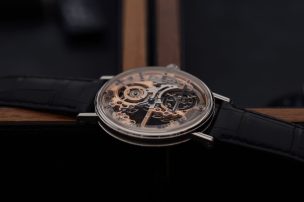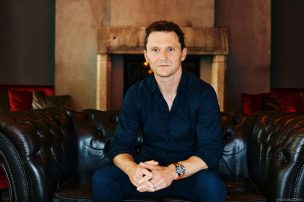
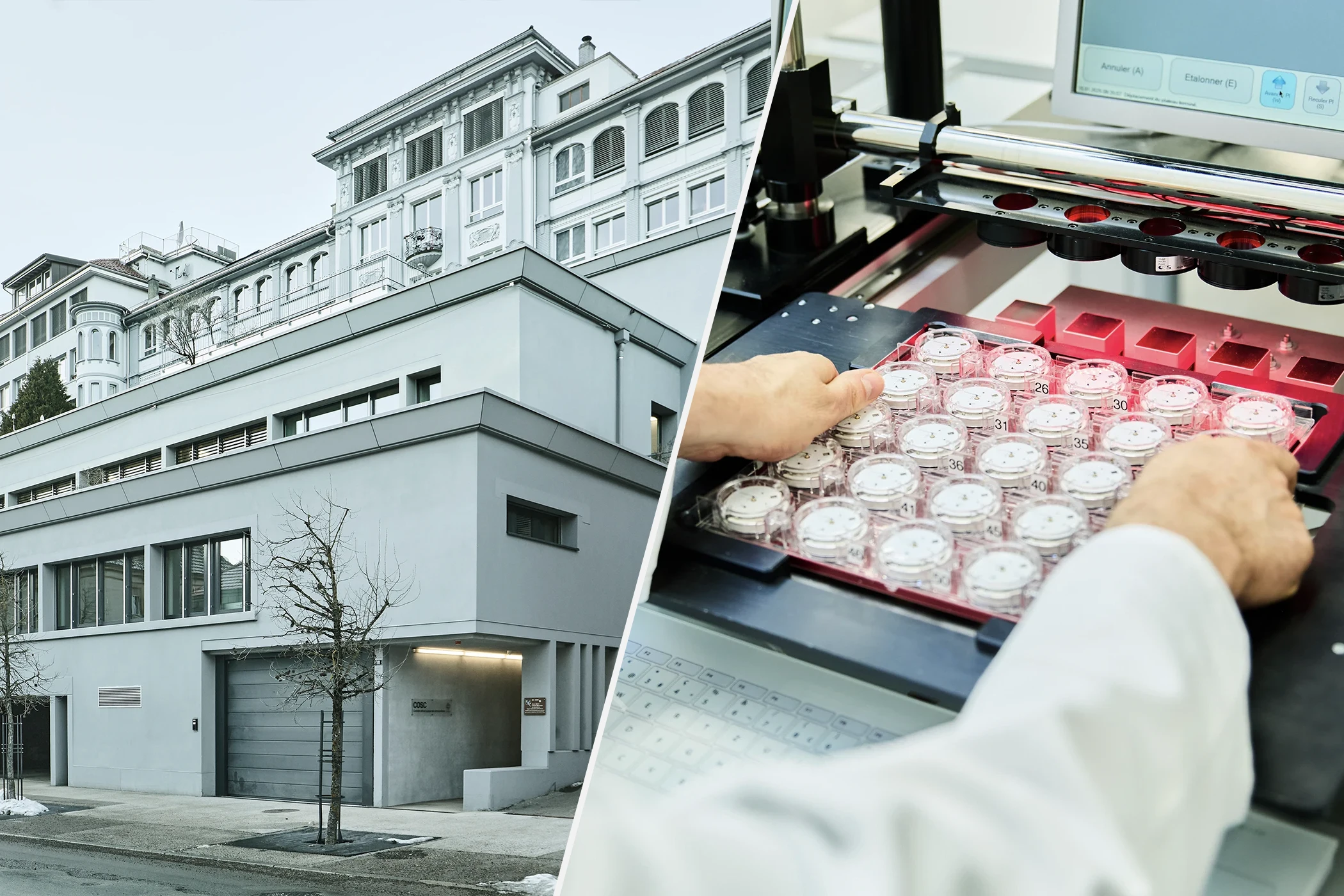
Contrôle Officiel Suisse des Chronomètres Is Elevating Chronometer Standards After 55 Million Certifications With Super-COSC
Founded in 1973, the Contrôle Officiel Suisse des Chronomètres (COSC) is entering a new chapter and has announced a significant milestone for both brands and watch buyers, set to launch at the end of the year: Super-COSC. CEO Andreas Wyss explained the background and the particular importance of COSC in an interview with Swisswatches Magazine.
Certifications play an immensely important role in the watch industry. While some attest to the authenticity of a watch, others serve as a testament to its quality or, more specifically, to the quality of its movement.
The most renowned certification in the latter category is issued by the Contrôle Officiel Suisse des Chronomètres (COSC), headquartered in La Chaux-de-Fonds. It’s the official Swiss testing institute for chronometers, or in other words, for highly precise timepieces.
COSC is not a public institution but rather a non-profit organisation recognised as such, which provides voluntary self-regulation for Swiss manufacturers of watches and movements.
The importance of COSC for the Swiss watch industry
The Contrôle Officiel Suisse des Chronomètres was founded in 1973 and tests the precision of movements produced in Switzerland, which are later fitted into watches of Swiss provenance.
Primarily, mechanical movements for wristwatches are submitted to these rigorous standards, but pocket watch movements and even quartz-powered timepieces are also subject to the same stringent criteria. This is done independently of the brand, ‘thus ensuring the impartiality of the certification process,’ emphasises Andreas Wyss.
The impressive numbers behind COSC
Since its founding, COSC has issued exactly 54,920,207 certifications. Last year alone, 2,376,987 movements were awarded the coveted ‘Certified Chronometer’ label. The vast majority were mechanical calibres, a figure that continues to grow, while only around 90,000 quartz movements received COSC certification last year, as demand for quartz testing among brands declines.
When compared to the 5.4 million Swiss mechanical watches exported in 2024, this reveals a significant COSC share (43%) and underscores the considerable relevance of the organisation for the reputation of the entire Swiss watch industry.
‘More than 60 brands are certified by COSC, which highlights our role as a trusted partner to the Swiss watch industry. These brands rely on COSC’s expertise and independence when certifying their watches,’ emphasises Andreas Wyss.
Every single movement is examined in detail over a period that spans between twelve and twenty days. ‘During this time, each movement is tested in various positions and at different temperatures, to ensure its precision and reliability. These comprehensive tests guarantee that every certified movement meets the high standards required for the designation “Certified Chronometer”‘, explains the COSC CEO.
Incidentally, the failure rate is low with only four to seven per cent annually, ‘which reflects the exceptional industrial expertise of the watch manufacturers.’
A new direction: from certification body to brand
This year, COSC has refined its identity as a brand and is planning a 360-degree campaign aimed at greater engagement with end consumers. This includes not only a new logo but, above all, a redesigned website that explains the rationale and methodology behind chronometer certification in terms accessible to those new to watches. Industry experts, however, will still find in-depth information available here.
There will also be extensive activity on COSC’s social media channels and those of its partner brands. The aim is to reach newcomers to watchmaking and raise awareness of the value of precision horology.
The goal is to achieve greater visibility among the general public – not simply as a certification body, but as a brand in its own right. To this end, new certification cards are being introduced for watch buyers, granting access to precise and exclusive data on the tested movement.
Furthermore, COSC plans to participate in watch events such as the Geneva Watch Days at the beginning of September. Here, for the first time, the Calibership precision competition will take place, focusing on the fine art of adjusting a mechanical movement.
Forty up-and-coming talents, coached by students from the Geneva Watchmaking School, will have the opportunity to demonstrate their skills on Sellita movements before facing COSC’s final, rigorous examination.
‘Through direct contact with consumers, we aim to promote Swiss watchmaking and raise awareness of our exacting testing procedures. This approach not only increases the visibility of COSC, but also strengthens its partnerships with watch brands, thereby contributing to broader recognition of Swiss watchmaking standards worldwide,’ emphasises Andreas Wyss.
‘It’s not simply a matter of redesigning a logo. It’s about showcasing what we do best – fine watchmaking – together with the brands of our clients.’
Interview with COSC CEO Andreas Wyss
What distinguishes COSC certification from others, such as METAS or the Superlative Chronometer certification?
Firstly, there is (still) our focus on the precision of the movement itself. Added to this are the high standards that must be met in order to qualify as a chronometer.
Furthermore, COSC certification is a highly respected quality seal that has been recognised in the watch industry for decades and is regarded as a benchmark for the highest precision worldwide. It stands as proof of a watch’s ability to maintain accurate timekeeping under various conditions.
By contrast, other certifications – such as METAS – include additional tests for magnetic resistance and water resistance, while the in-house Superlative Chronometer certification from Rolex goes beyond our standards in certain respects.
How is COSC funded, and how do you ensure true independence?
As a non-profit organisation, we are primarily funded through fees charged for the certification services we provide, which cover the costs of our elaborate testing processes. This allows us to operate without any external funding, thereby ensuring our independence. In this sense, we act as a completely neutral organisation.
Strict standards and protocols further guarantee that all watches are tested under the same conditions and according to the same criteria, regardless of the brand. This commitment to neutrality and consistency greatly contributes to the credibility and trustworthiness of COSC certification.
Are the testing criteria regularly updated?
First of all, the COSC testing criteria for wristwatches are based on ISO standard 3159 for chronometers. This standard is an international benchmark and is regularly reviewed and updated to ensure that it remains relevant and continues to guarantee high precision standards.
The International Organization for Standardization, or ISO, works closely with industry experts and stakeholders to this end. As COSC, we adopt these high standards of precision and quality, enabling us to provide a consistent and reliable certification process.
Designers are creating ever smaller, thinner, or more complicated watches and movements. Do you sometimes struggle to keep up with these developments?
The development of smaller, thinner, or more complex watches certainly requires the continual adaptation of our testing methods and equipment. However, with our state-of-the-art laboratories and bespoke devices, we are fully equipped to keep pace with advances in watch design and technology.
Does COSC certification actually make watches more expensive for the end consumer?
While COSC certification increases the value of a watch by ensuring its precision and reliability, it does not necessarily make it significantly more expensive for the end consumer.
Although overall costs rise for the manufacturer, COSC certification is always a worthwhile investment and should form part of a comprehensive quality assurance and brand strategy. Brands can enhance their reputation and awareness by associating their products with our high standards. In a highly competitive watch market, this allows them to stand out.
Our current efforts are therefore also focused on raising greater awareness among end consumers of the value and significance of COSC certification.
So, stepping into the public eye is also an attempt to strengthen the position of Swiss watch manufacturers in volatile times and stay one step ahead of the international competition.
Yes, COSC’s move towards greater public visibility can indeed be seen as an attempt to further enhance the reputation of Swiss watches – especially during volatile times, when the luxury and watch market faces various uncertainties.
By reinforcing our brand identity and increasing consumer awareness, we aim to underline the value of Swiss watchmaking as a whole. This strategy not only helps to preserve the reputation of Swiss watches but also ensures they remain internationally competitive. COSC’s initiatives, such as the new logo, website, and social media presence, are designed to highlight the rigorous standards and precision of Swiss watches, thereby strengthening their position in the global marketplace.
Does this new direction also include the Super-COSC concept, which you have announced for the end of this year?
That’s correct. It is about further improving the certification process and expanding the range of services we offer. In doing so, we will be able to meet the evolving demands of the watch industry even more effectively.
I cannot share precise details just yet, but it will involve the testing of watch heads, opening up additional possibilities for tests such as water resistance, magnetic resistance, power reserve, and so on. The overarching goal is to further enhance COSC’s role in promoting Swiss watchmaking.
COSC: certified precision
The three COSC laboratories are located in Le Locle, Biel, and Saint-Imier in proximity to many major Swiss watch manufacturers. Interestingly, COSC does not employ watchmakers, but rather around 160 specialists dedicated solely to the testing of watch movements.
The testing criteria for wristwatch chronometers are based on ISO standard 3159, which sets the stringent requirements for mechanical watches. These include tests for average daily rate, rate variation due to temperature, and positional variance. Quartz watches are tested according to internal specifications, which are based on ISO 3159 but have been adapted to the specific characteristics of quartz movements.
The entire testing process is standardised and consists of static movement tests in five positions and at three different temperatures (8 °C, 23 °C, 38 °C). The movements are subsequently checked on a daily basis to ensure that they continue to perform as expected. The entire procedure takes between twelve and twenty days.
Only mechanical movements that meet the following precision criteria are awarded the coveted COSC Certified Chronometer label:
- Mean daily rate: –4/+6 seconds
- Maximum rate variation: 5 seconds/day
- Mean rate variation: 2 seconds/day
- Maximum difference between rates: 10 seconds/day
- Difference in rate between vertical and horizontal positions: –6 to +8 seconds/day
- Rate variation due to temperature: ±0.6 seconds/day
- Restarting rate: ±5 seconds/day
A brief history of the Contrôle Officiel Suisse des Chronomètres
COSC was established in 1973 through the merger of various private and semi-official laboratories, which had previously served as ‘official timekeeping control offices’ in the so-called watchmaking cantons of Biel, Geneva, Neuchâtel, Solothurn, and Vaud.
Before 1973, these offices were housed either in watchmaking or engineering schools and assessed the quality of watches and movements according to criteria that often differed from canton to canton. This presented a significant challenge for companies operating in multiple locations and, from the perspective of watch buyers, appeared inconsistent and not particularly reassuring.
As a result, the Central Inspection Commission of the Swiss Control Offices initiated the unification of these functions, ultimately leading to the creation of the ‘Official Swiss Chronometer Testing Institute’. Since then, COSC has operated as a non-profit association, offering standardised testing procedures and norms in the service of the Swiss watch industry.
Originally, COSC comprised seven test centres. Over the decades, its organisational structure has been streamlined, and since 2013, there have been three official laboratories in Biel, Le Locle, and Saint-Imier.


